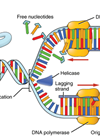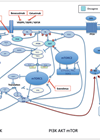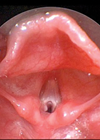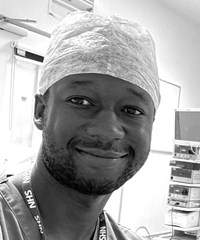ENT features archive for November 2014
The structure and function of DNA
DNA structure and replication Genetic information within multicellular organisms, including man, is stored in molecules of deoxyribonucleic acid (DNA), which reside within the chromosomes of each cell nucleus. A DNA molecule consists of two very long chains, or strands, of...
Genetic discovery using animal models: presbyacusis
By their very nature, late-onset hereditary disorders offer a large window of opportunity for therapeutic intervention. However, before we can begin to think about strategies we need knowledge of the genetics and pathology underlying the condition. In this article we...
Discovery in the genetics of complex disease: Otitis media
Otitis media (OM), a common disease of childhood, is considered to be a complex trait with multiple genetic and environmental factors expected to contribute to a child’s risk of developing recurrent acute OM (rAOM; ≥3 episodes in 6 months or...
Cancer genetics and signalling pathways in ENT – a review and discussion of how this can be applied to rare tumours
Introduction Cancer cases continue to increase worldwide, and head and neck cancer is a major global health issue, with an estimated global burden of over 630,000 new cases and over 350,000 deaths per year [1]. The term ‘head and neck...
Assessment of genetic disorders: congenital sensorineural hearing loss
Severe or profound sensorineural hearing impairment (SNHI) is a common birth defect, affecting approximately 1 in 1000 newborns [1]. SNHI may result from environmental causes or have a genetic basis. The genetic causes can be further subdivided into non-syndromic (isolated...
Hidden genetic disorders in children that may present to the otolaryngologist
Background Among the many hundreds of children presenting to the otolaryngology clinic are a few whose symptoms are due to an underlying genetic condition. In most cases the underlying syndrome is obvious and has already been diagnosed, such as the...














